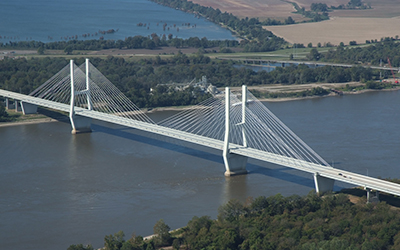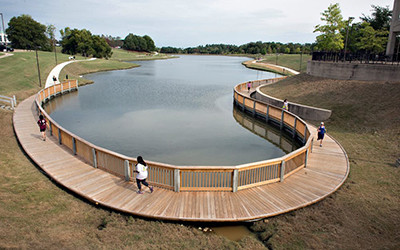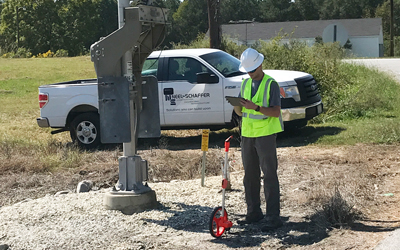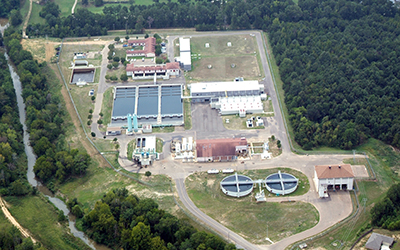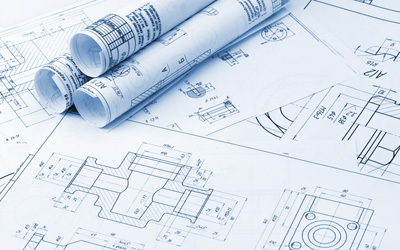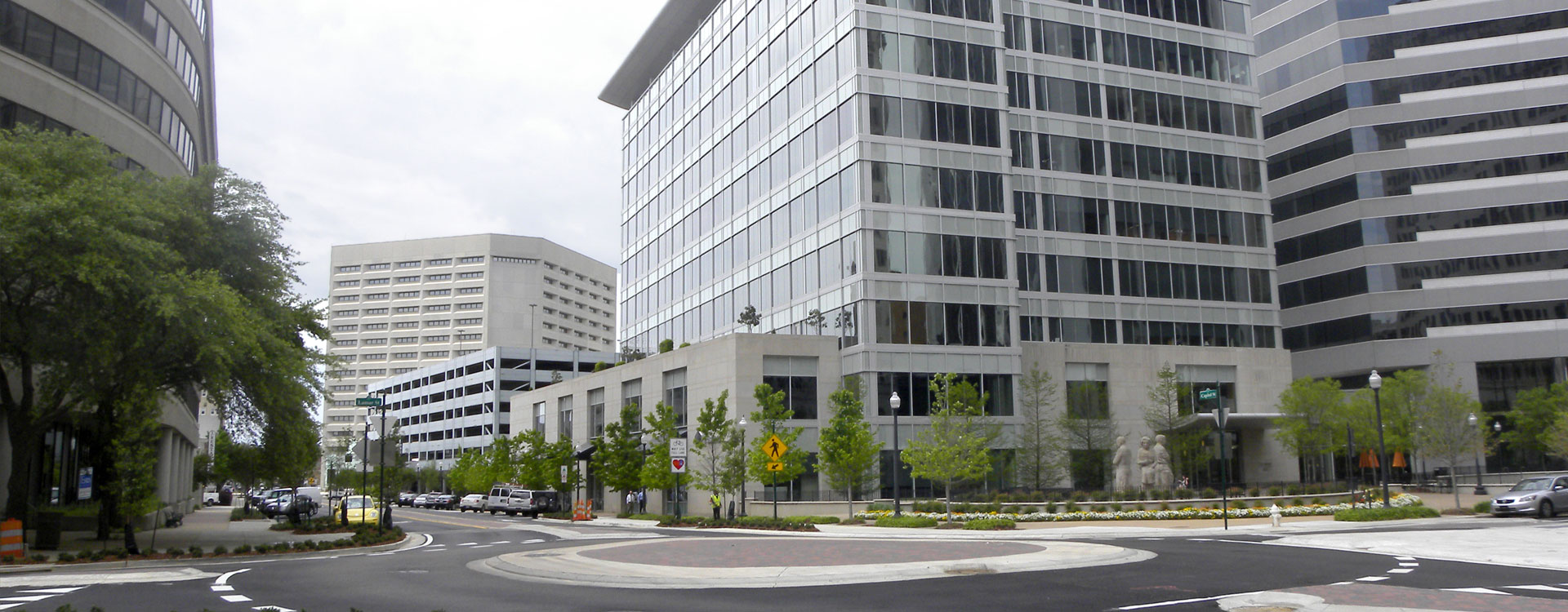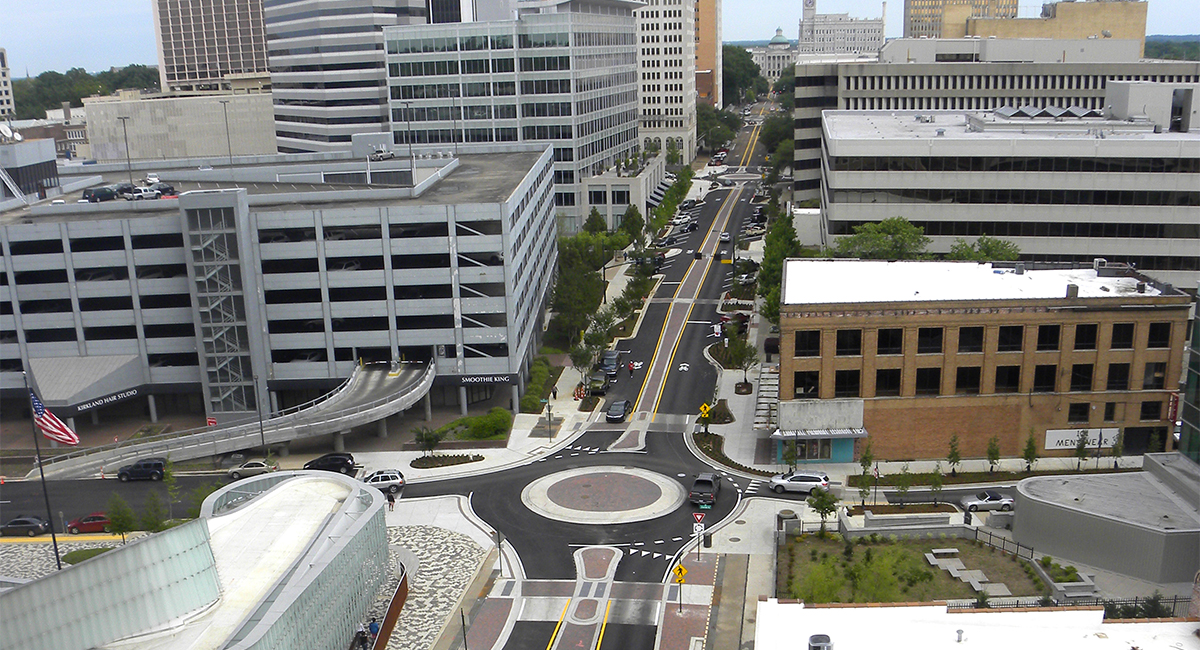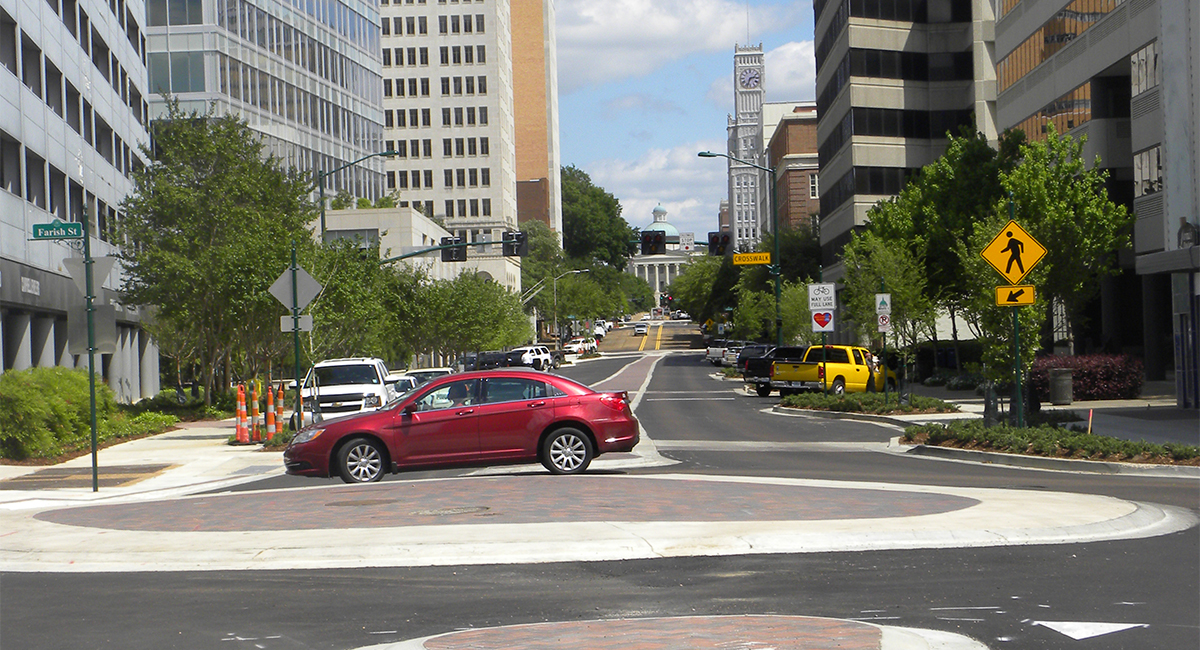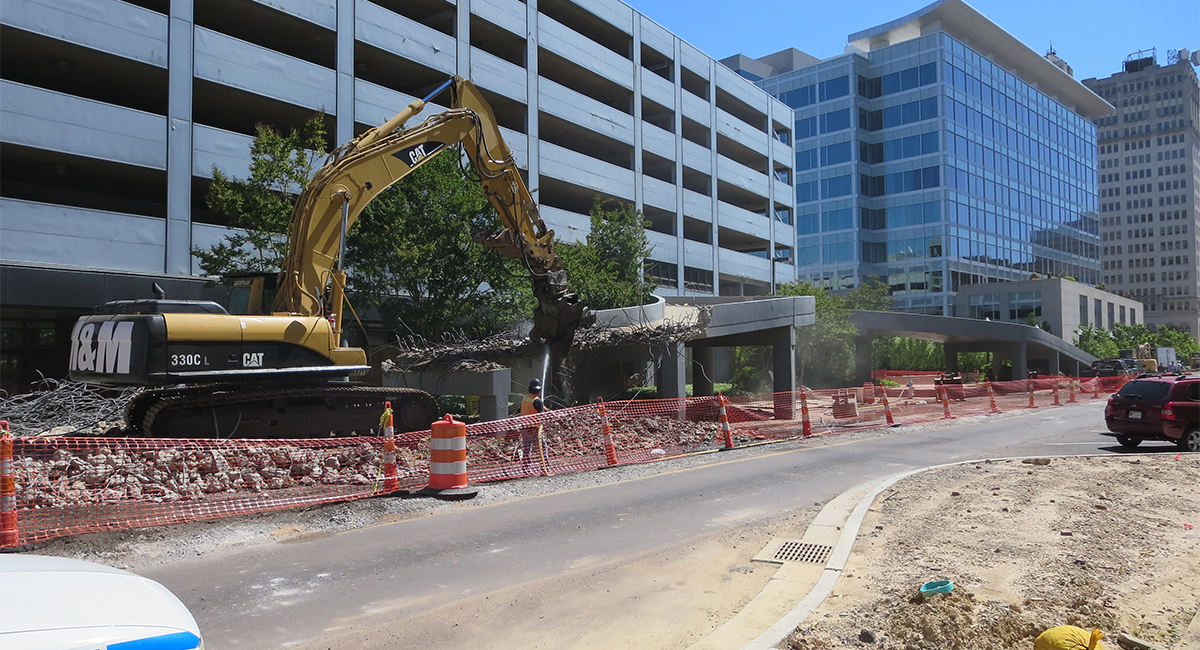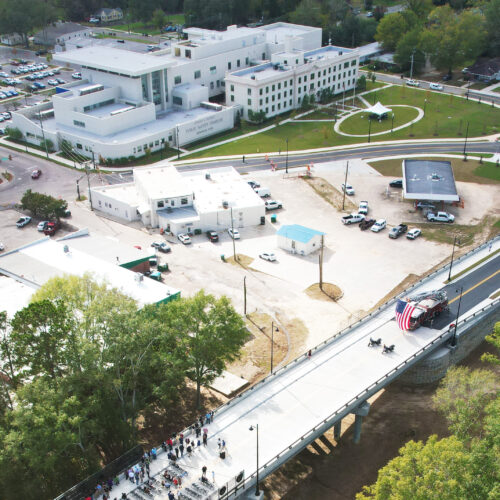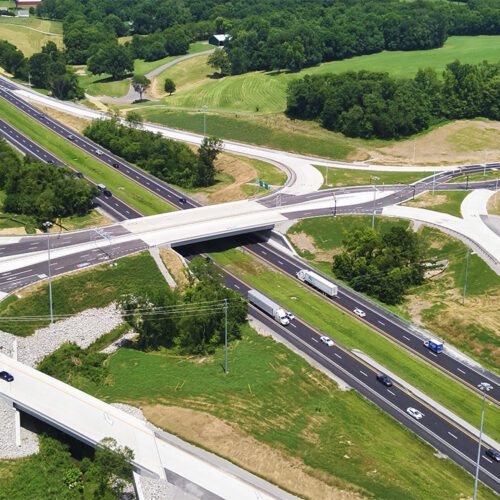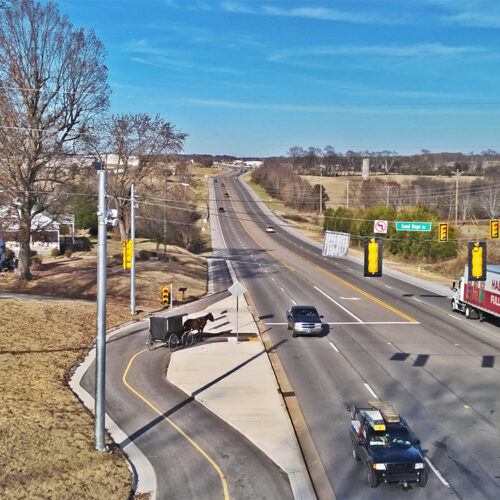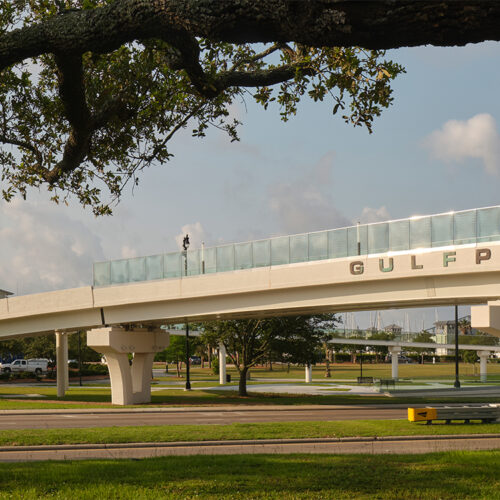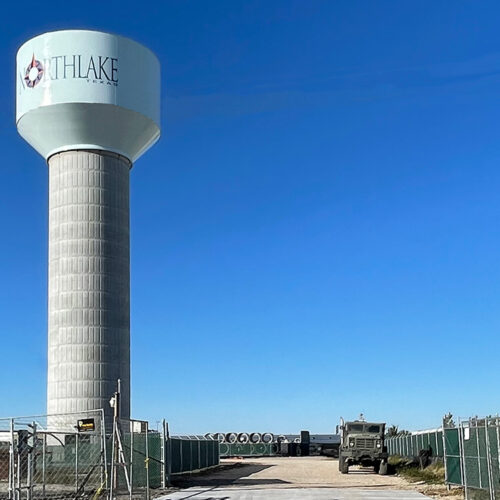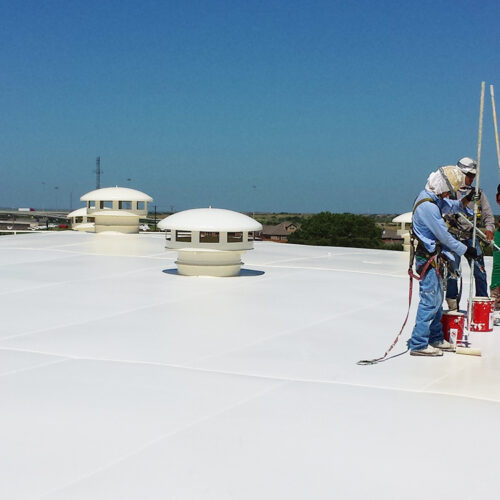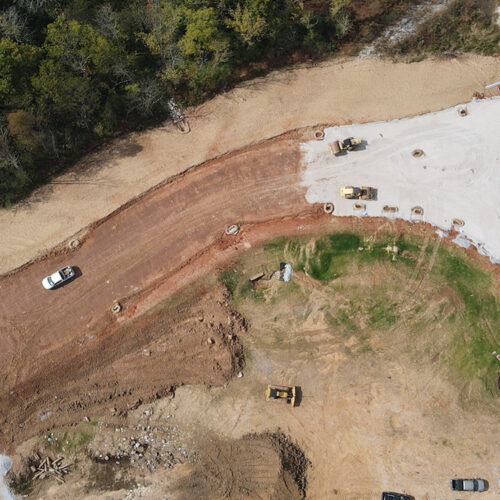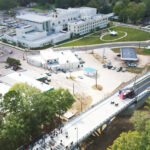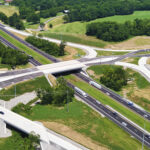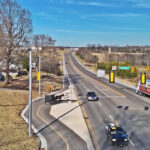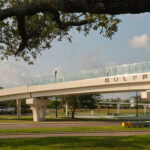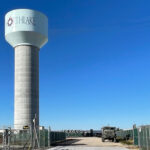JACKSON, MS
A ‘Capitol’ idea helps transform downtown corridor
Count Jackson as one of the many cities in America that lost most of its downtown businesses, restaurants and residents to the suburbs in the 1970s and ‘80s. Now, the city is trying to reverse the trend, starting with a massive makeover of the Capitol Street corridor that splits the heart of the downtown area.
Phase 1 of this project, which was completed in May 2015, was 10 years in the making, with Neel-Schaffer helping guide it from the beginning to completion. In addition to helping the City secure funding, Neel-Schaffer engineers developed the concept of a ‘Complete Street’ to serve downtown.
The $5.6 million Phase 1 project helped transform Capitol Street from a three-lane, one-way thoroughfare to a two-lane, two-way street that includes roundabouts, new landscaping and other traffic-calming features that City officials say make downtown a more pedestrian-friendly place to live, shop and eat. While the two-way conversion was accomplished over the entire corridor, from Gallatin Street to North State Street, half of the project involved just re-striping, while the other half included road reconstruction, new sidewalks, and resurfacing. Later, a second phase of this project will extend the resurfacing and sidewalk improvements all the way to State Street.
“The idea is to change the entire complexion and atmosphere of downtown, to make it a place where you want to be,” said Ben Allen, president of Downtown Jackson Partners, an advocacy organization that is funded by Jackson businesses and supports growth in the downtown area. “We are creating a pedestrian-friendly environment that slows traffic down and is conducive to neighborhoods and businesses working together.
“It will be an aesthetically beautiful project that will make you feel good while you’re here.”
Among the improvements: Urban FHWA mini-roundabouts, improved ADA compliant sidewalks, a center 6-foot “safety strip” separating the opposing travel lanes, landscaping and lighting improvements.
Ultimately, the east-west corridor will be transformed from its beginning at Gallatin Street to its terminus at State Street. That’s an eight-block area lined by offices and a handful of restaurants and shops. The hope, said Allen, is that the changes will lead to more restaurants and shops and even more downtown apartments.
The former U.S. Court House on the corner of Capitol and West is being converted into private apartments, and two other historic buildings – Lamar Life and Deposit Guaranty – are slated to be converted into condos and apartments.
An extensive study of the project area was conducted by Neel-Schaffer. The process included involvement with the public along with special interest groups, city officials and developers. Plans were then developed in a way that considered all traffic needs, enhanced the aesthetics of the area, and provided a detailed traffic control strategy that allowed for the project to be built while traffic continued to traverse the area during the construction phase.
The project included modifying the cross section of the street to widen sidewalks and resurface the roadway for a four-block area of Capitol Street. Sidewalks were widened to accommodate more pedestrians and outdoor areas for cafes. Oak trees that were damaging sidewalks and streets were removed and were replaced with crepe myrtles and other more appropriate urban landscaping. Instead of crosswalks and traffic signals at each corner, three low-impact roundabouts now provide traffic calming, while crosswalks at splitter islands provide for pedestrian needs.
Phase 2 is planned to extend the resurfacing, landscaping and sidewalk improvements east to North State Street.
Neel-Schaffer engineers developed the new look, prepared the plans, and helped oversee construction.
The project was delayed for several weeks by an unexpected discovery: Bad soil in one area had to be replaced, and suitable subgrade material was brought to the project site.
Eutaw Construction overcame some other challenges, too, like not knowing exactly what had been buried under Capitol Street over the last 125 years. In the 1940s and 50s, a trolley line ran through the middle of Capitol. Those tracks, buried years ago under bricks and asphalt, were dug up in some areas. Crews were able to work around them in others.
Town Creek, which more than a century ago wandered through the downtown area, was also an issue. Workers hit utilities that were a mere 6 inches below the surface of the asphalt, as the utilities were routed above an old arch bridge that once carried people over Town Creek but long ago was buried under the street.
Former Neel-Schaffer engineer Mark Beyea said construction crews unearthed several layers of bricks, concrete and asphalt.
“This was not something we’re used to because we have not done a lot of old downtown areas quite like this,” said Beyea. “There’s been a lot of stuff buried through the years under Capitol Street, and that was probably the biggest challenge we faced.”

